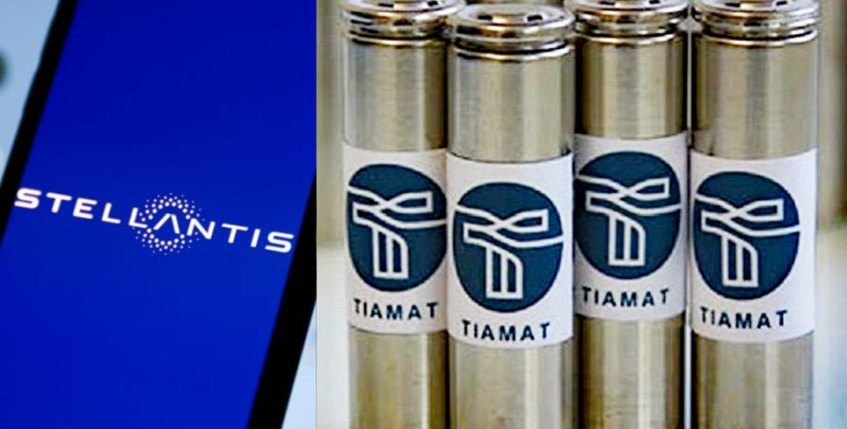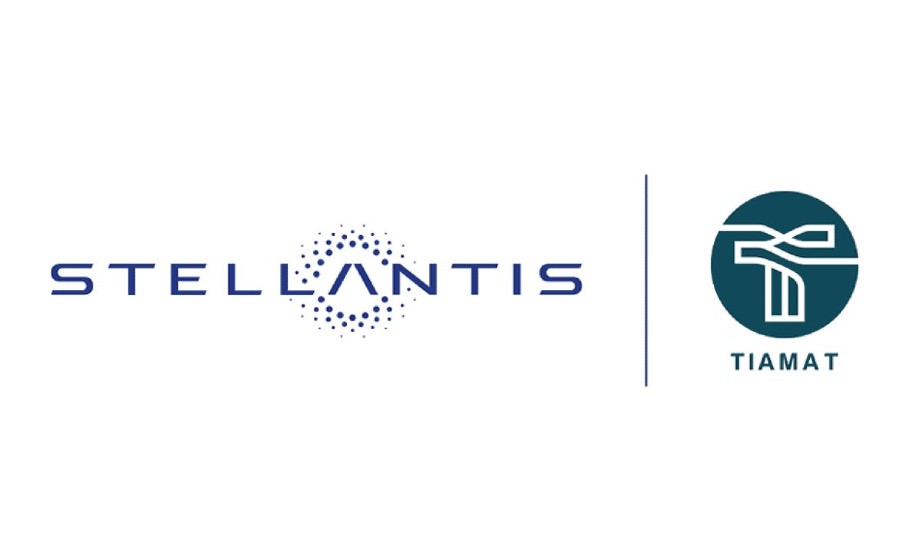Stellantis Invests in Tiamat: Advancing Sustainable EV Batteries

Stellantis disclosed on Friday its strategic investment in the French sodium-ion battery startup Tiamat, aiming to broaden its electric vehicle (EV) portfolio and minimize dependence on scarce resources.
The precise financial commitment in Tiamat, part of an initial fundraising round totaling 150 million euros, remains undisclosed. Tiamat’s CEO, Herve Beuffe, stated that the funds will be utilized, in part, for establishing a battery manufacturing facility in northern France.
This facility, positioned as the fifth gigafactory in the regional EV supply chain, is anticipated to achieve an initial capacity of 0.7 gigawatt-hours by 2026, potentially scaling up to 5 GWh by 2029.
Revolutionizing Battery Technology

Founded in 2017 as an offshoot of France’s state institute for scientific research CNRS, Tiamat distinguishes itself by producing competitive batteries without relying on lithium, a highly sought-after metal in the current global electrification surge. Tiamat replaces lithium with sodium, a more abundant resource.
Tiamat’s batteries, while cost-effective, offer slightly reduced mileage, making them well-suited for compact vehicles. The diminished range is offset by their swift charging capabilities, providing a viable solution.
Ned Curic, Director of Engineering and Technology at Stellantis, emphasized the company’s commitment to exploring sustainable and cost-effective battery alternatives that leverage readily available raw materials. This initiative aligns with Stellantis’ Dare Forward 2030 strategic plan, aiming for carbon neutrality by 2038.
Read More EV – Tech Foom








